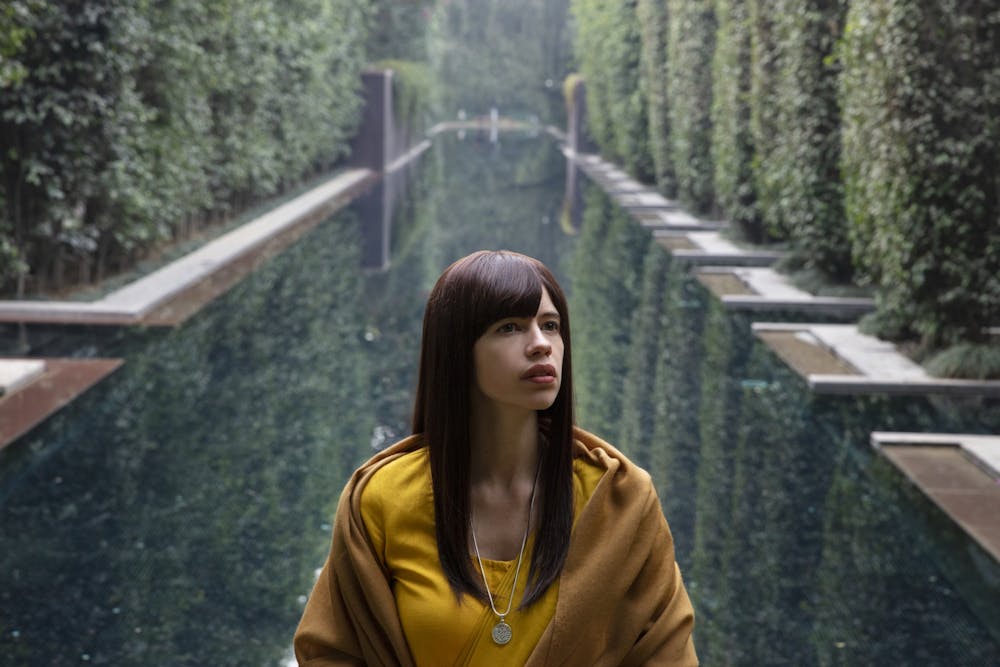In recent years, streaming services and web series have revolutionized the stories Indian content creators are able to tell. They have become not only one of the most popular forms of media amongst Indian youth, but also have finally paved the way for Western audiences to enjoy groundbreaking Indian content. Most Bollywood films, though as varied in genre and narrative as Hollywood films, are still musicals, and the overall view of the genre, as well as the Western world’s reluctance to enjoy foreign cinema, has prevented non–Indian audiences from enjoying Indian content.
The freedom series receive when produced online or on streaming services is evident in comparison to traditional Indian television, which, since the 1990s, has been dominated by serialized sitcoms. Over–dramatic, sloppily written, and dominated by storylines designed to deliver cheap shocks, Indian television is often mocked for its terrible, regurgitated storylines. There's nothing groundbreaking, educational, or even realistic about Indian serials, most of which portray family drama and conservative, upper–class characters. Web series captivate younger audiences because they're willing to tell more realistic and diverse stories with thrilling, gripping storylines.
The Indian streaming service, TVF, or The Viral Fever, was initially created in order to capture the Indian youth demographic who were unlikely to watch television. It also pioneered long–form digital content, starting on YouTube, and produced smash–hit series regularly since its conception.
When Permanent Roommates premiered on TVF in 2014, it achieved immense success. A romantic comedy series made for the youth, it portrays a young couple dealing with relationship hurdles and even the grief of a miscarriage. The success of Permanent Roommates illuminated a desire, both in India and all over the globe, for more modern, youthful Indian series. Streaming services and YouTube channels became the place for young, modern media creators to bring their visions to life, and the model TVF helped pioneer has generated hundreds of digital series.
Beyond Indian–only streaming services, media behemoths like Amazon and Netflix have also started hosting shows. Amazon’s Made in Heaven follows two wedding planners in Delhi as they tackle the dark underbelly of mega–wealthy wedding and their own personal issues. Not only does the show tackle issues of sexual assault and social mobility, one of its main characters is a gay man contending with his sexuality in a country where it's illegal for him to be alive (India just repealed its law criminalizing homosexuality in September 2018).
Meanwhile, Netflix’s Sacred Games, a violent crime thriller, also has a transgender main character, which isn't seen often in mainstream Indian content. Though there have been a few Bollywood movies in the very recent past that have shown LGBT characters without stereotyping or mocking them (Ek Ladki Ko Dekha Toh Aisa Laga and Kapoor & Sons), nothing they've done can compare to the raw, emotional rumination on sexuality and discrimination that series are pioneering. This is an important conversation that is missing in Indian media—one that clearly has a role to play in India’s greater culture. Clearly, Indian web series on streaming services have become the place for groundbreaking, realistic LGBT representation.
Streaming shows set the standard for storytelling these days. Prominent and acclaimed Bollywood actors have taken starring roles in these series, the most obvious example of which is Sacred Games, which stars Bollywood heavy–hitters Saif Ali Khan and Nawazuddin Siddiqui. The co–creator of Made in Heaven, Zoya Akhtar, is known for the critically–acclaimed films she has directed. Seemingly, web series have also taken on a role as a medium for actors to start out in before launching their careers in blockbuster films. After starring in Permanent Roommates, actor Sumeet Vyas moved on to mainstream Bollywood films, like Veere Di Wedding.
Streaming has become the place for modern Indian television, with young audiences and content creators to flocking to it. Outpacing traditional film and television with groundbreaking stories, representation, and writing, its grasp on audiences all over the world is changing the face of Indian media and setting a standard that traditional television will have to catch up to if it wants to continue finding success in the future.

